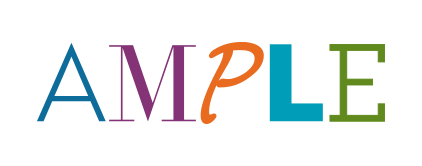The Big Short is a biographical comedy-drama film based on the book The Big Short: Inside the Doomsday Machine by Michael Lewis. The film is noted for the unconventional techniques it employs to explain financial instruments. Among others, it features cameo appearances by actress Margot Robbie, chef Anthony Bourdain, singer-songwriter Selena Gomez, and economist Richard Thaler, who break the fourth wall to explain concepts such as subprime mortgages and synthetic collateralized debt obligations. A critical and commercial success, the film grossed $133 million on a $50 million budget. The film won the Academy Award for Best Adapted Screenplay in addition to nominations for Best Picture, Best Director, Best Supporting Actor, and Best Film Editing.
More than 150 CEOs (of Fortune 500 Companies) joined us in a special by-invitation only event (virtual, on November 30th) hosted by Alex Rinke, CEO of Celonis – valued at $11B, having raised $1B earlier in June, Germany’s most valuable Unicorn – with Michael Dell (who I first met 1994, now net worth of over $50 Billion), Keith Block (CMU alum, previously co-CEO of Salesforce) and Helena Foulkes (previously CEO of Saks, now running for Governor of Rhode Island) as panelists to discuss:
How to Survive and Thrive in the Shortage Economy.
I was the invited expert.☺️
More than 700 global companies use SmartOps (inside SAP IBP) on an on-going basis to plan and operate their supply chains, in more than 50 countries and six continents, optimizing Trillion Dollars of Inventory.
What did Alex and I talk about to kick-off the event?
Planned Spontaneity. Building in Flexibility within Complexity. How Low Should You Go? Resilience and Sustainability. Fix the Mix. PEP: Physics, Economics, Politics. Shared Resources and Collective Risk. Phase Change. Public-Private Partnerships.
I introduced Planned Spontaneity in 1998 (in Corsendonk, at the Second Supply Chain Thought Leaders Conference), wrote about it in 2013 in an invited article Planned Spontaneity for Better Product Availability, and recently (in 2021), highlighted it in the Johns Hopkins Conference.
This framework has always resonated really well with CEOs, and it is even more so now.
Essentially, we discussed what opportunities exist, what should CEOs watch out for, what successful companies have accomplished and how to think differently in the new normal, when there has been a phase change.
Importantly: Real Opportunities and Risks are not where you think they are.
Paraphrasing Mark Twain:
What hurts you is not what you don’t know, but what you think you know that simply ain’t so.
This is serious business. That does not mean one cannot have fun. What can be more fulfilling than having such an impact on the thinking of CEOs while enjoying oneself?
As I wrote in An Essay on Operations Management (2017), opening with The Importance of Being Playful and closing with A Road to Freedom:
“Leisure, luxury, and the pursuit of newness” has been my mantra for what constitutes a “life of liberty,” and OM has allowed me to operate in the intersection of math, money, and morals. It is in the belief that many colleagues who wish to make an impact on practice— who hope that their final harvest will not just be a sheaf of mathematical formulae—could benefit from my experience and observations that I have written this essay, offering examples that depart from the mainstream, encouraging them to forge their own path. I hope that my cheerful insouciance—an untainted and joyous celebration of our kaleidoscopic choices—while hopping seamlessly from frivolous video games to life saving organ transplants, has not concealed my conviction that OM can be a channel for creating significant value in our society while retaining the aesthetic sensibilities that we academics value so much.






